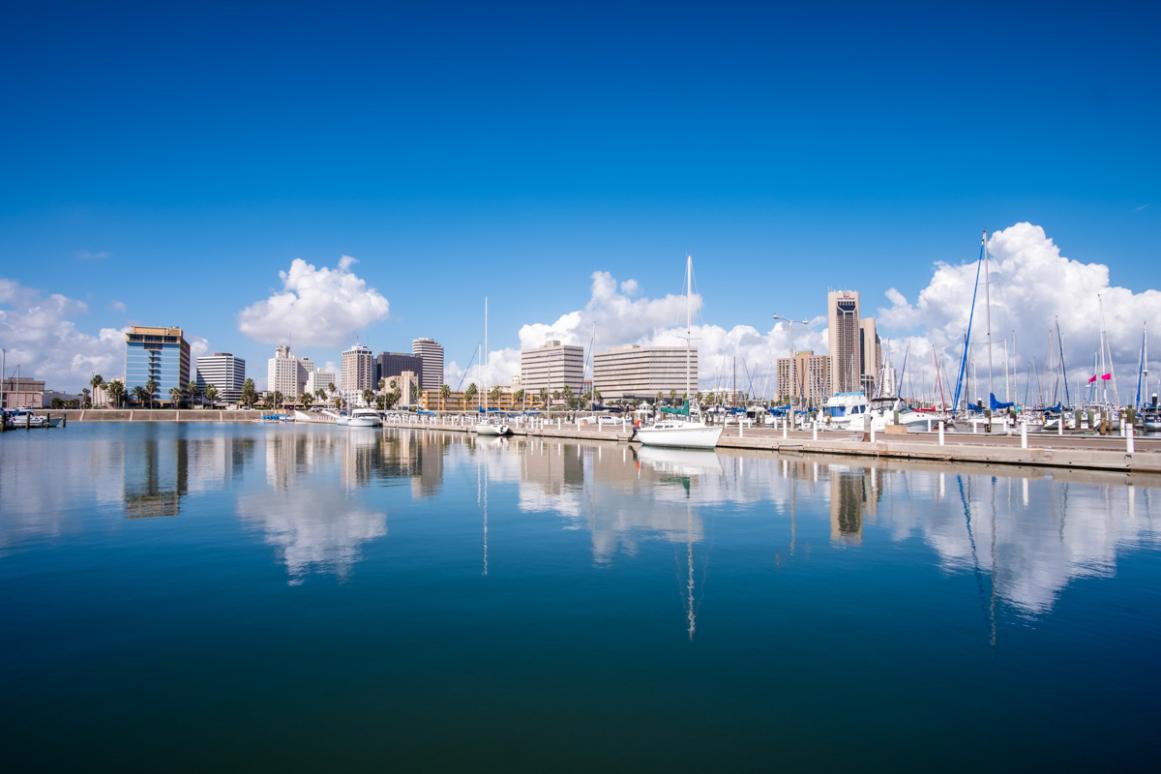HRI Community Resilience Group Addresses How Human and Environmental Issues are Intertwined

The Community Resilience group at the Harte Research Institute for Gulf of Mexico Studies (HRI) at Texas A&M University-Corpus Christi embodies the HRI Model, integrating social, cultural, behavioral, and economics expertise, paired with coastal and marine science expertise, to create change for coastal communities.
From inland to shore-facing communities of Gulf coastal watersheds, the group works to strengthen community resilience, which is defined as the ability of a system to absorb and bounce-forward from adverse shocks and stressors. The “system” includes societal pillars - socio-cultural, economic, environmental, infrastructure and governance - and key subcomponents. The team’s research advances understanding of how those components interact to influence resilience and whether resilience is being built equitably.
“Our team applies a Socio-Ecological Systems framework to address issues at the intersection of humans and the environment,” said Christine Hale, Program Manager for HRI’s Community Resilience group. “We focus our efforts on informing on-the-ground conservation and restoration efforts, as well as how policy interventions can benefit both people and nature.”
The Community Resilience group oversees a number of programs and tools including the Regional Resilience Partnership, GeoRED, BlueValue, and the Coastal Bend Community Dialogues Forum, along with a variety of collaborative research projects. As such, the team frequently collaborates with other research groups within HRI, including the Coastal and Marine Geospatial Sciences (CMGL) lab.
This collaboration has been imperative in establishing the GeoRED GIS mapping tool, along with developing the NOAA-funded, Living with Sea Level Rise in the Coastal Bend project.
Dr. James Gibeaut, Endowed Chair for Coastal and Marine Geospatial Sciences at HRI, explained that the CMGL compiled, processed and visualized GIS data so that the Community Resilience group could take GeoRED’s website framework to stakeholders and the community to assess the tool’s usefulness and usability. As a result, both research groups were involved in the final design of the tool’s functions and will continue collaborating to improve and further its capabilities.
“For the sea level rise project, the Community Resilience group is overseeing the critical project component of forming and managing an Advisory Group of people representing government and the private sector that are currently, or will be, impacted by sea level rise,” Gibeaut said, noting each group’s responsibility in this important research. “Meanwhile, the CMGL, and researchers from Louisiana State University, are developing and applying a state-of-the-art model to project what impacts sea level rise will have on the Texas coast.”
Those interested can learn more about the Community Resilience group, along with the CMGL, and their work on HRI’s website under “Our Expertise”.
For more information on the interdisciplinary HRI Model, and how it sets the Institute apart from other marine research institutions, visit the “About Us” page of the HRI website.
